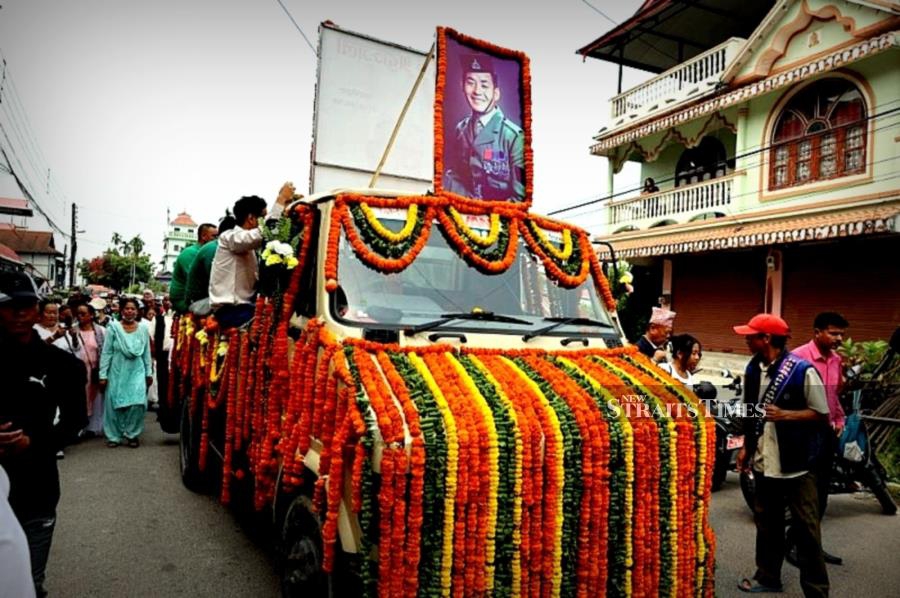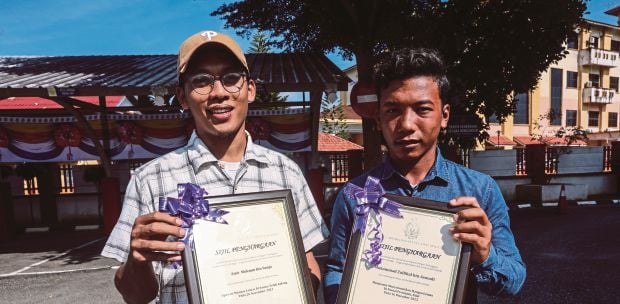THE state of Sarawak was given by the sultan of Brunei to Sir James Brooke in 1841. The sultan also gave him the title of Rajah as the ruler of Sarawak. It was a reward for helping to resolve an uprising in the region.
Brooke and two further descendants ruled Sarawak as a British protectorate until the Japanese occupation in World War 2. After Japan's surrender in August 1945, Sarawak was ceded to Britain by the last White Rajah, Sir Charles Brooke, and became a British Crown Colony in 1946.
The defence of Sarawak was undertaken by the British and Commonwealth armed forces. When Sarawak joined Malaya to form Malaysia on Sept 16, 1963, Indonesia had opposed this formation since early 1963 and sent in their troops to attack Tebedu police station on April 12, 1963.

As a concept of military operations, various infrastructure projects were proposed and approved by the federal government to win the hearts and minds of the locals, who had the mindset that the people from the peninsula were colonising them.
We even had embarrassing shouts from some locals to balik kampung. This was a form of psychological operations; the brainchild of then deputy prime minister-cum-defence minister Tun Abdul Razak Hussein.
His tag line was "Security & Development go hand-in-hand". It was a counter-insurgency strategy against the local sympathisers of the enemy to cut off their lines of communication by denying them food, supplies and movement.
Access to the Indonesian border was mainly by jungle tracks constructed by the natives. The Barter between locals and Indonesians was conducted at the border villages, just like in Padang Besar at the Perlis/Thailand border.
For the urgent development of Sarawak to win the hearts and minds of the locals, our army engineers were quickly deployed to build feeder roads to the border areas at Tebedu, Bau and Biawak in the First Division of Sarawak in 1965/68.

The road access was also for our military forces to resupply the logistic needs of our frontline forces at the Indonesian border instead of relying on frequent air supply by helicopters, which were under the command of the British director of Operations East Malaysia (DOPEM) in Kuching.

The British Mid-West Brigade, in charge of the defence of Sarawak during the Confrontation Campaign from 1963-66, was supported by the Royal Engineer Squadron. One troop of our army engineers was involved in the road construction project in Bau district, led by Engineer Troop Commander Captain Murad Haji Jafaar.
In his project camp site on a hilltop, an artillery gun was positioned to provide harassing fire to likely enemy locations. He had his protection force from the 2nd Battalion of 10th Princess Mary's Own Gurkha Rifles (10 GR), originally a rifle regiment of the British Indian Army.
OF BRAVERY AND VALOUR
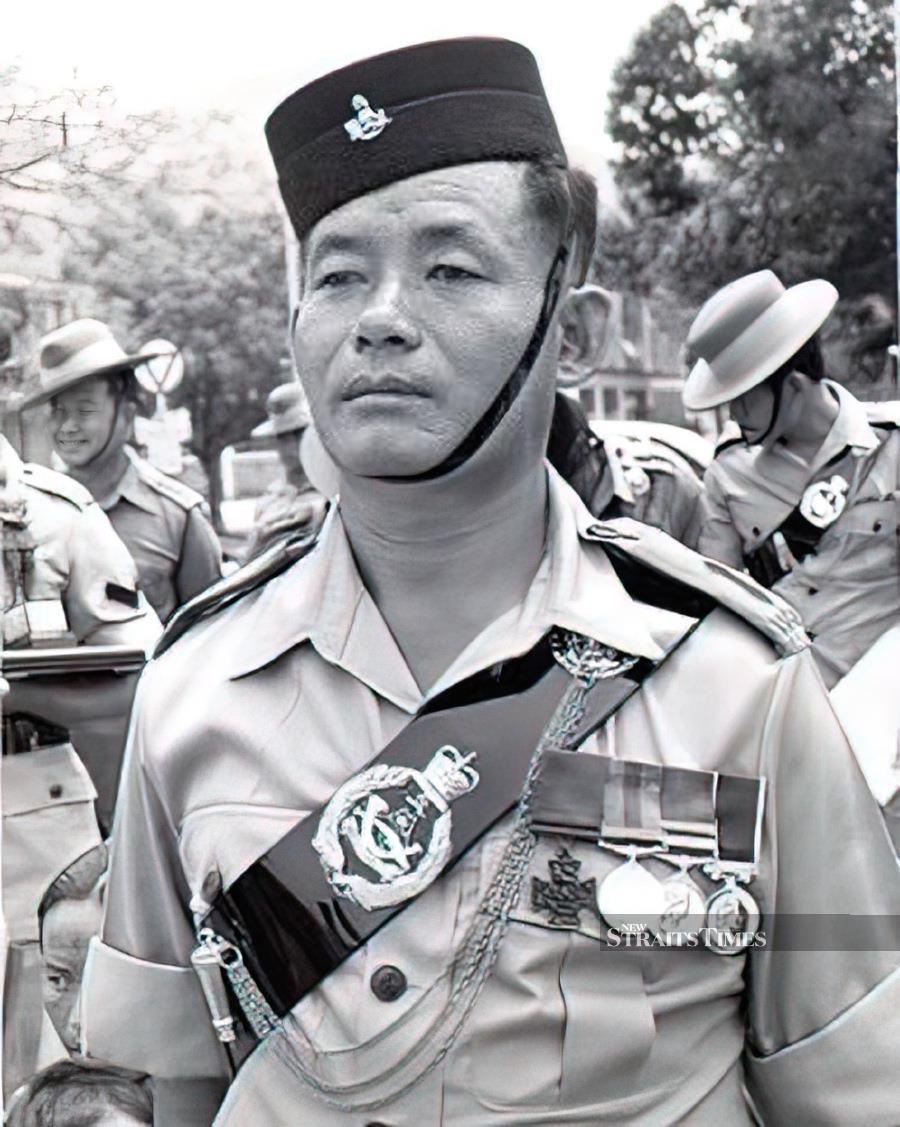
I was in another army engineer troop at Tebakang for the road construction project in Tebedu, which was 50km south of Bau. My protection force was the British Light Infantry Regiment, which won two Military Crosses in fighting the enemy intrusion in Tebedu in April 1966.
In the 2nd Battalion of 10 GR, there was a 26-year-old section commander from Nepal by the name of Lance Corporal Rambahadur Limbu. On Nov 21, 1965, a fierce fire fight took place in Bau district. The Nepalese was in an advance party of 16 soldiers when they came across 30 Indonesian soldiers manning their position on top of a jungle-covered hill.
Limbu went forward with two men but when they were about 10 metres from the enemy machine gun position, the enemy sentry opened fire on them. Limbu rushed forward and threw his grenade at the man and killed him instantly.
The other enemy then opened fire on them, wounding his two men. Limbu then made three dashes out into the open under enemy fire to drag his two comrades to safety before retrieving their Bren gun, which he later used to charge at the enemy and killed 24 of them.
Back in the camp, he was double promoted to sergeant for his bravery, which meant a pay increase and allowances. His battalion commander also recommended him for the Victoria Cross — the highest award for bravery bestowed by the queen of the United Kingdom.
HONOURING THE BRAVE
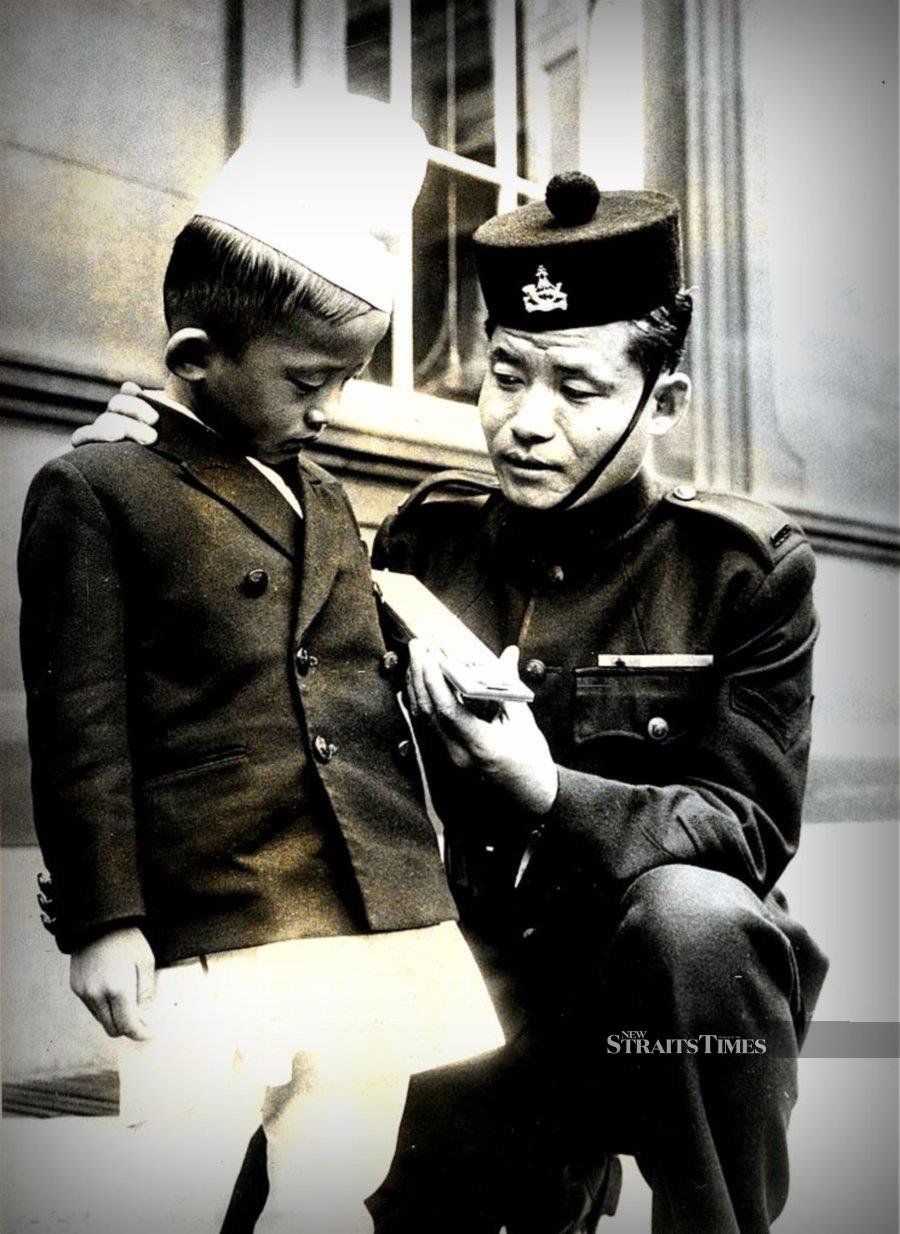
The Victoria cross was presented to Limbu by Queen Elizabeth II in a ceremony at Buckingham Palace in 1966. His 5-year-old son, Bhakta, attended the proud event with him. The brave Nepalese was one of only five living Victoria Cross recipients since World War 2.
The Victoria Cross is the highest and most prestigious award of the British honours system. It is awarded to members of the British and Commonwealth armed forces for valour in the presence of the enemy.
In an interview with The Mirror (London) in 2014, Limbu shared: "I didn't think I was going to be shot. All I cared about was rescuing my friends." For his service in Malaysia, Captain Rambahadur Limbu was awarded the Pingat Jasa Malaysia (PJM) — an award given by the Yang di-Pertuan Agong and the government in recognition of distinguished chivalry, gallantry, sacrifice or loyalty in contributing to the freedom of independence of Malaya and subsequently Malaysia in 2005.
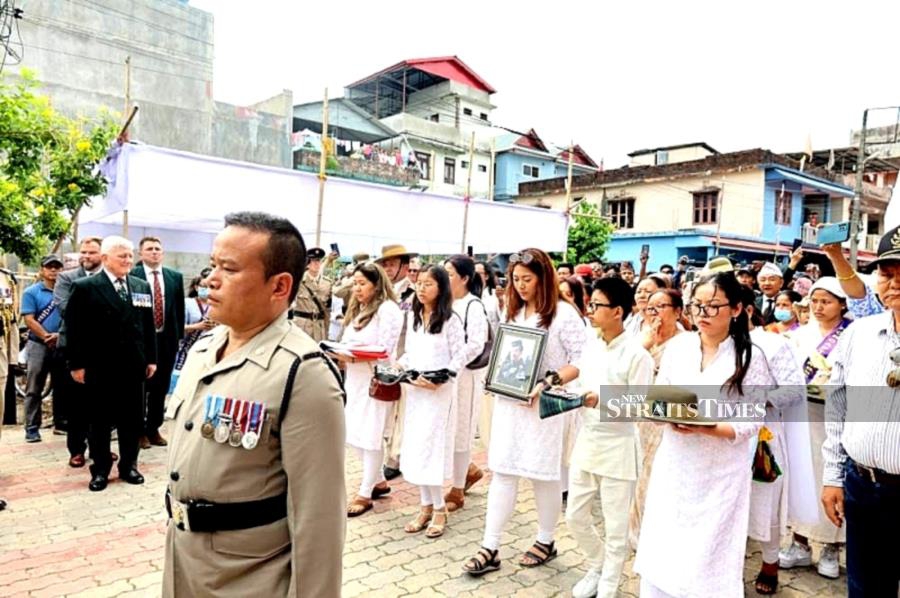
After a military coup d'etat against the national leadership of Indonesia between the founding President Soekarno in mid-1966, new leader President Suharto called for the cessation of hostilities and an end to the Confrontation. On Aug 11, 1966, a peace treaty between Malaysia and Indonesia was signed in Bangkok, Thailand, thereby formalising the recognition of Malaysia as a sovereign nation and normal relations were re-established.
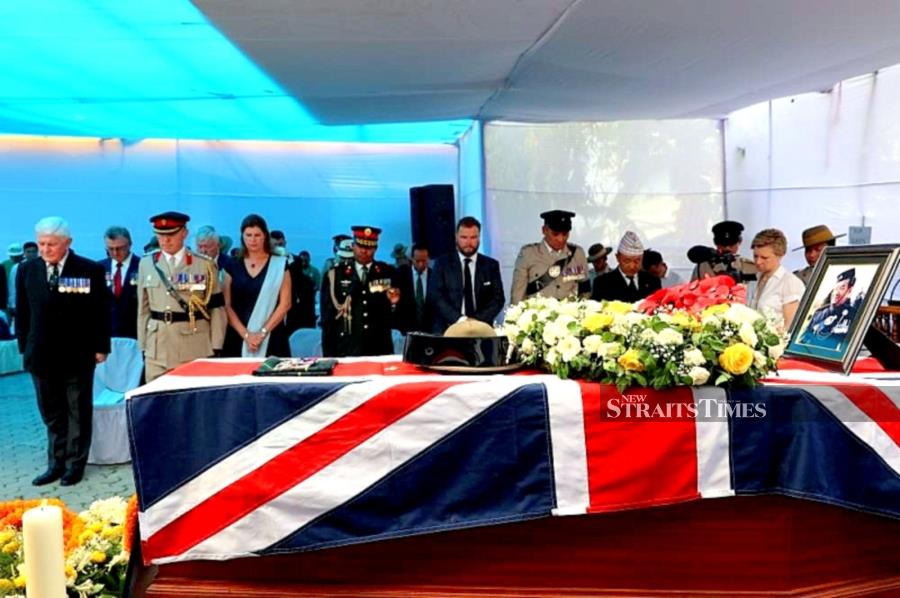
Lest we forget, there are many unsung heroes and surviving veterans who sacrificed their lives and limbs for the defence and peace of our nation. Let us honour and salute them for their selfless services and sacrifices for God, King and Country.
This article is written by Ingenieur Lieutenant Colonel Raymond Goh Boon Pah KMN (Royal Engineers Veteran)
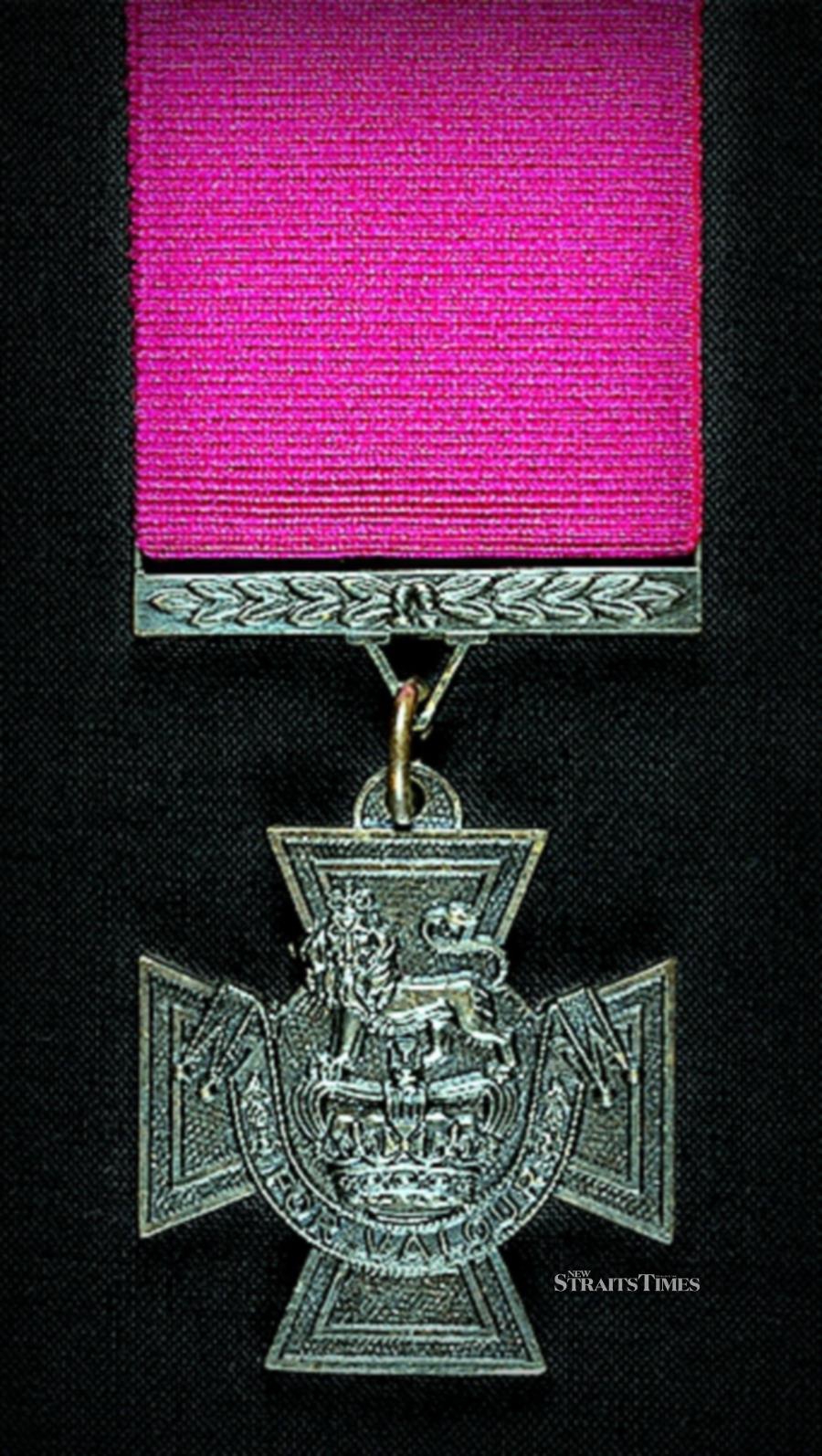
Extract from Citation for Victoria Cross (The London Gazette April 21, 1966)
"The Queen has been graciously pleased to approve the award of the Victoria Cross to Lance Corporal Rambahadur Limbu (21148786) of 10th Princess Mary's Own Gurkha Rifles.
On Nov 21,1965, in the Bau District of Sarawak, Lance Corporal Rambahadur Limbu was with his company when they discovered and attacked a strong enemy force located at the border area. Leading his support group in the van of the attack, he could see the nearest trench and a sentry manning a machine gun.
Determined to gain first blood, he inched himself forward until he was seen and the sentry opened fire, immediately wounding a man to his right. Rushing forward, he reached the enemy trench and killed the sentry, thereby gaining for the attacking force a foothold on the objective. With a complete disregard for the hail of fire, he got together and led his fire group to a better fire position.
He saw both men of his own group seriously wounded and immediately commenced to rescue his comrades. He crawled forward in full view of at least two enemy machine gun posts, who concentrated their fire on him, but was driven back by the intense fire. After a pause he started again.
Rushing forward, he hurled himself on the ground beside one of the wounded and called for fire support from two light machine guns. He picked up the man and carried him to safety. Without hesitation, he immediately returned for the other wounded man and carried him back through the hail of enemy bullets.
It had taken 20 minutes to complete this gallant action and the events leading up to it. For all but a few seconds, this Non-Commissioned Officer had been moving alone in full view of the enemy and under the continuous fire of their automatic weapons. His outstanding personal bravery, selfless conduct, complete contempt of the enemy and determination to save the lives of his men set an incomparable example and inspired all who saw him.
Finally, Lance Corporal Rambahadur was responsible for killing four more enemies as they attempted to escape to the border. He displayed heroism, selfless sacrifice, and a devotion to duty and to his men of the very highest order. His actions on this day reached a zenith of determined, pre-meditated valour, which must count amongst the most notable on record and is deserving of the greatest admiration and the highest praise."


